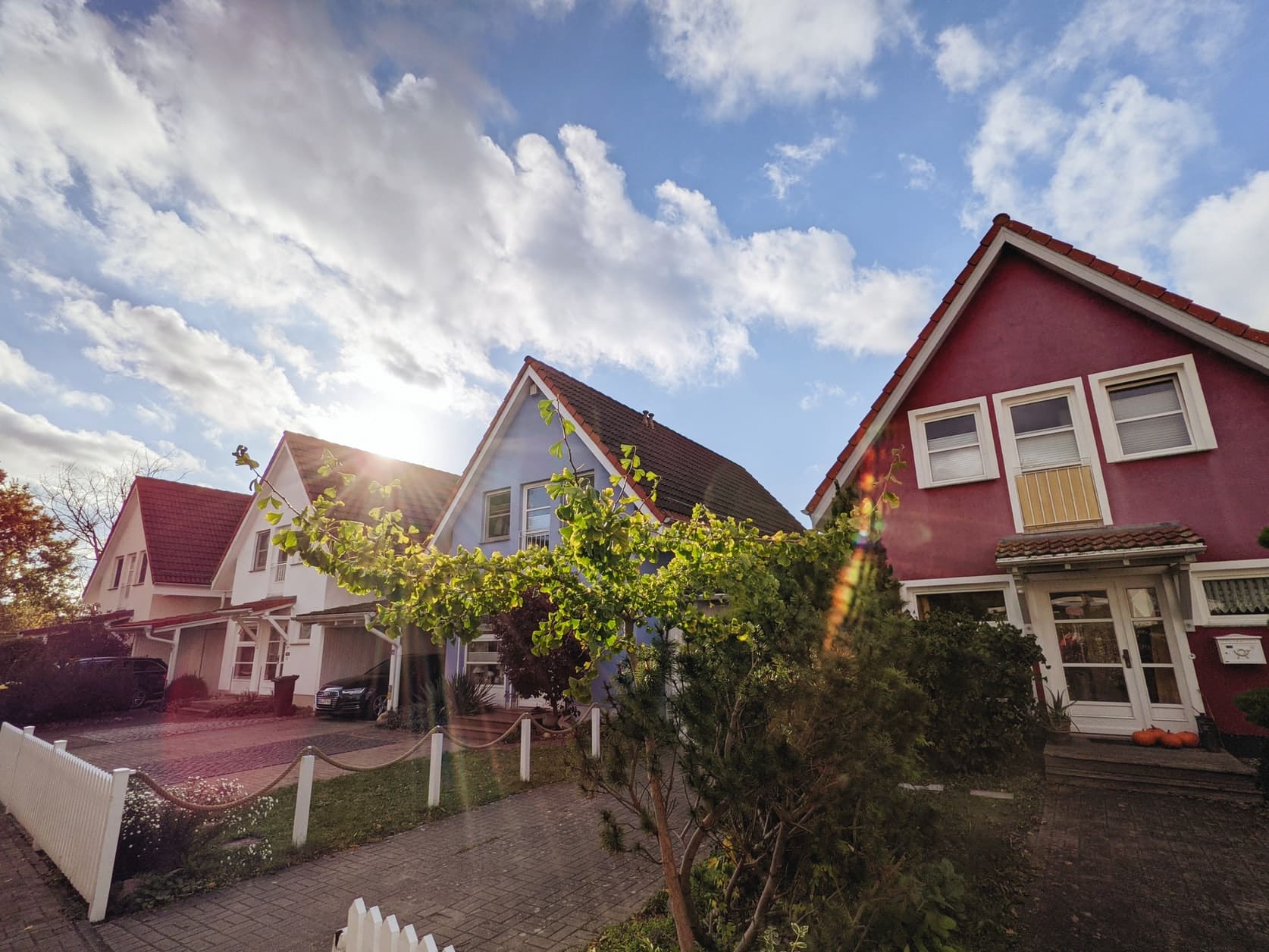Get Expert Financing
- Matched with investor-friendly lenders
- Fast pre-approvals-no W2s required
- Financing options fro rentals, BRRRR, STRs
- Scale your portfolio with confidence
This comprehensive guide provides educational information about investment property insurance for landlords. MyPerfectMortgage.com is not a lender and does not make credit decisions. We connect qualified borrowers with our network of specialized lenders who can evaluate your specific situation. All loan terms, rates, and requirements are determined by individual lenders and subject to their approval processes.
Did you know that 70% of rental properties lack sufficient insurance coverage to fully rebuild after a major loss? With tenant-caused damages averaging between $10,000 to $27,000 per claim and insurance premiums rising 21% nationwide in 2025, landlords face mounting financial risks without proper coverage. Investment property insurance stands as your critical defense against these escalating costs, protecting both your physical asset and rental income stream.
As property insurance premiums have surged beyond $2,100 annually for most landlords, understanding your coverage requirements becomes essential for maintaining profitable rental operations. Our platform connects property investors with specialized insurance insights and lender networks to ensure comprehensive protection for your investment portfolio.
Standard homeowners insurance creates dangerous protection gaps for rental property owners. These policies are specifically designed for owner-occupied residences and exclude coverage for tenant-related damages, rental income loss, and liability issues unique to landlord-tenant relationships.
Rental properties face distinct risks that homeowners insurance simply doesn’t address. Tenant damage extends beyond normal wear and tear, encompassing everything from accidental flooding to intentional property destruction. Meanwhile, liability exposure multiplies when strangers occupy your property, creating potential lawsuits from slip-and-fall incidents, lead paint exposure, or security deposit disputes.
The financial consequences of inadequate coverage prove severe. Property owners without landlord insurance face out-of-pocket repair costs, lost rental income during vacancy periods, and personal liability for tenant injuries. With average annual premiums for landlords ranging from $2,100 to $4,000, the protection cost pales compared to potential losses from a single major incident.
Geographic location amplifies these risks significantly. Multifamily properties in high-risk states like Florida and Texas now see premiums exceeding $1,600 per unit annually, reflecting increased catastrophic weather exposure and mounting reconstruction costs.
Investment property insurance provides three fundamental protection layers that standard homeowners policies cannot match. Understanding these coverage components helps landlords select appropriate protection levels for their specific risk profiles and property types.
Dwelling Protection and Property Damage Coverage
This foundational coverage protects your physical property structure against fire, storms, vandalism, theft, and other covered perils. Unlike homeowners insurance, landlord policies account for the increased wear and tear from tenant occupancy and provide higher liability limits reflecting commercial property risks.
Coverage typically extends to attached structures like garages, fences, and storage buildings. However, flood and earthquake damage require separate policies, while certain tenant-caused damages may fall under different coverage sections depending on the circumstances and policy language.
Comprehensive Liability Protection
Liability coverage shields landlords from lawsuits arising from tenant injuries, property damage, or discrimination claims. This protection proves crucial as rental properties generate higher liability exposure than owner-occupied homes due to increased foot traffic and diverse tenant behaviors.
Coverage amounts typically start at $1 million but many experts recommend $2 million or higher for substantial property portfolios. This protection extends beyond physical injuries to include legal defense costs, settlement payments, and damages awarded in court proceedings.
Loss of Rental Income Coverage
This specialized coverage replaces lost rental income when covered perils make your property temporarily uninhabitable. Unlike homeowners insurance, which focuses solely on physical damage, landlord policies recognize that rental income represents your return on investment and requires protection.
Coverage duration varies by policy, typically ranging from 12 to 24 months of lost income. The coverage amount is usually calculated based on your average monthly rental income, making accurate documentation of rental rates essential for proper protection levels.
| Coverage Type | Protection Provided | Typical Limits |
|---|---|---|
| Dwelling | Physical structure damage | Replacement cost value |
| Liability | Lawsuit and injury protection | $1M – $5M+ |
| Loss of Rent | Lost income during repairs | 12-24 months income |
| Personal Property | Landlord-owned items | $10K – $50K |
Selecting the right landlord insurance requires systematic evaluation of your property characteristics, tenant profile, and risk tolerance. This process begins with accurate property valuation and extends through policy customization based on your specific investment strategy.
Property Assessment and Risk Evaluation
Start by conducting a comprehensive property assessment that includes replacement cost calculations, not just market value. Insurance coverage should reflect the actual cost to rebuild your property with current materials and labor rates, which often exceeds the purchase price or current market value.
Document all landlord-owned personal property within the rental unit, including appliances, furniture, and maintenance equipment. This inventory supports accurate personal property coverage limits and simplifies the claims process if losses occur.
Consider your tenant demographics and property location when evaluating risk levels. Properties in high-crime areas, near coasts, or housing high-risk tenant profiles may require enhanced coverage options or higher liability limits.
Lender Requirements and Financing Considerations
Most mortgage lenders require landlord insurance as a condition of financing, with specific minimum coverage requirements. These typically include dwelling coverage equal to the outstanding loan balance, minimum liability limits, and lender notification clauses for policy changes or cancellations.
Review your loan documents carefully to understand exact insurance requirements, as violations can trigger acceleration clauses or force-placed insurance at significantly higher premiums. Some lenders also require additional coverage for properties with specific risk factors like swimming pools or commercial elements.
Tenant Insurance Coordination
While landlord insurance protects your property and interests, requiring tenants to carry renters insurance creates additional protection layers. Renters insurance covers tenant belongings and provides liability protection for tenant-caused damages, reducing your exposure to certain claims.
Include renters insurance requirements in lease agreements, specifying minimum coverage amounts and requiring your business to be named as an additional interest. This coordination prevents coverage gaps and ensures all parties maintain appropriate protection levels.
Experienced landlords managing multiple properties or specializing in specific rental markets benefit from advanced coverage options that standard policies may not provide. These specialized solutions address unique risks associated with different property types and investment strategies.
Multi-Unit and Portfolio Coverage Solutions
Property owners with multiple rental units can often achieve better rates and simplified management through portfolio insurance policies. These comprehensive policies cover multiple properties under a single policy, streamlining renewals and potentially reducing overall premiums.
Portfolio policies typically offer blanket coverage for similar property types while allowing individual property scheduling for unique or high-value properties. This approach provides flexibility for investors who regularly buy and sell properties within their portfolio.
Short-Term and Vacation Rental Considerations
Properties used for short-term rentals through platforms like Airbnb face different risks than traditional long-term rentals. Standard landlord insurance may exclude coverage for short-term rental activities, requiring specialized vacation rental insurance or policy endorsements.
These specialized policies address increased liability from higher tenant turnover, theft of personal property, and potential discrimination claims from booking rejections. Coverage often includes business interruption protection for platform suspensions or regulatory changes affecting rental operations.
Landlord insurance provides broader coverage for rental property risks including tenant damage, lost rental income, and higher liability limits, while homeowners insurance only covers owner-occupied residences with limited tenant-related protections.
Average annual premiums range from $2,100 to $4,000, though costs vary significantly based on location, property type, and coverage levels. High-risk areas may see premiums exceeding $8,000 annually.
Coverage varies by policy and damage type. Sudden and accidental damage is typically covered, while intentional damage or normal wear and tear may be excluded. Security deposits and background checks help minimize these risks.
What’s the difference between landlord insurance and homeowners insurance?
Landlord insurance provides broader coverage for rental property risks including tenant damage, lost rental income, and higher liability limits, while homeowners insurance only covers owner-occupied residences with limited tenant-related protections.
How much does landlord insurance typically cost?
Average annual premiums range from $2,100 to $4,000, though costs vary significantly based on location, property type, and coverage levels. High-risk areas may see premiums exceeding $8,000 annually.
Does landlord insurance cover tenant damage?
Coverage varies by policy and damage type. Sudden and accidental damage is typically covered, while intentional damage or normal wear and tear may be excluded. Security deposits and background checks help minimize these risks.
Do I need landlord insurance if my property is paid off?
Yes, insurance protects your investment regardless of financing status. Without mortgage requirements, you have flexibility in coverage selection but should maintain protection against property damage and liability claims.
Can I require tenants to have renters insurance?
Most states allow landlords to require renters insurance as a lease condition. This requirement provides additional protection by covering tenant belongings and some tenant-caused damages.
Protecting your rental property investment requires more than basic coverage selection. The complexity of landlord insurance, combined with rising premiums and evolving risk factors, demands expert guidance to ensure comprehensive protection at competitive rates.
Your property represents a significant financial commitment that deserves professional-grade risk management. Working with insurance specialists who understand rental property risks helps identify coverage gaps, optimize policy terms, and maintain compliance with lender requirements.
Connect with Insurance Specialists in Our Network
Through our specialized lender and insurance network, access professionals who
Our advice is based on experience in the mortgage industry and we are dedicated to helping you achieve your goal of owning a home. We may receive compensation from partner banks when you view mortgage rates listed on our website.


